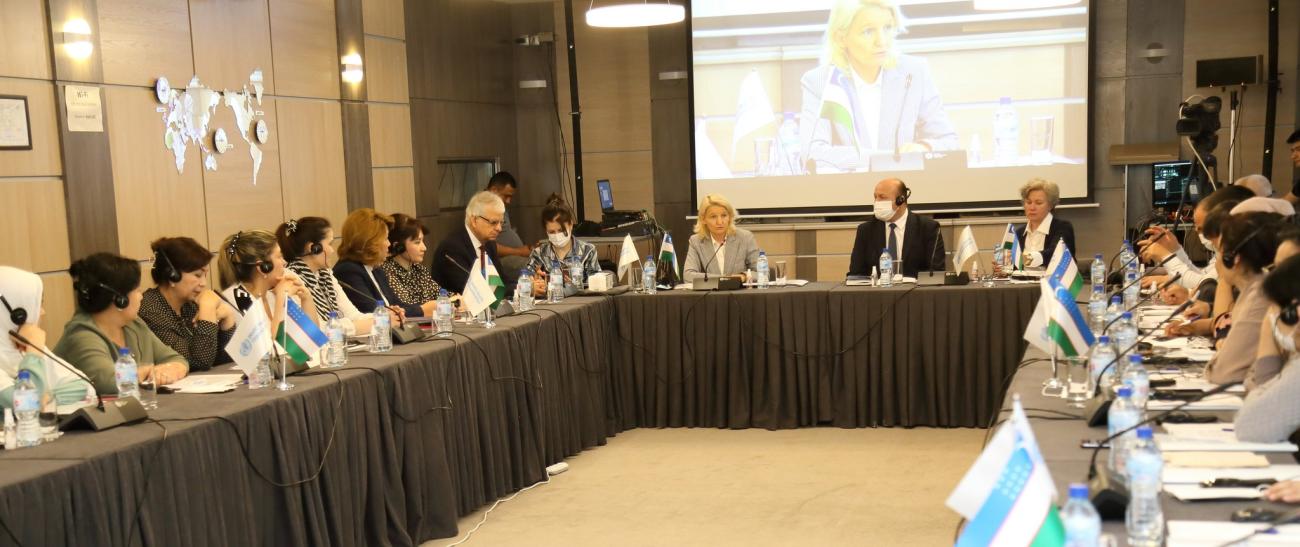Impact of chemicals on children’s health and development

As of today, there are 146,000,000 chemicals in the world. What substances are those?
Some of them are familiar to almost everyone and used in consumer goods: fertilizers, pesticides, pharmaceuticals, nanomaterials, plastics, paints, heavy metals, including lead and mercury. Let’s take for example one of them, which is extremely dangerous, that is the lead contained in paint.
According to the estimates as of 2019 (for several chemicals and groups of substances with necessary data available), 2 million people die and 53 million lose life annually due to poisoning by the same. Another 9 million people die due to air, water, and soil pollution.
New data on the impact on health associated with hazardous exposure to chemicals are constantly emerging. For example, about the capacity of the chemicals to impact on the human body during the prenatal period and at the stage of early development with long-term negative health consequences and the risk of the development of chronic diseases from low doses of chemicals and about the combination of effects of several substances. The medical care provided with respect to the exposure to chemicals and health losses is estimated at $ 4.6 trillion per year, which is 6.2% out of global economic development. The European Union has assessed the cost of human health in relation to the exposure to chemicals disrupting the endocrine system functions (developmental deficits, reproductive problems by males and females, obesity and diabetes). Medical expenses amount to EUR 163 billion per year.
In May 2017, the Chemicals Road Map was adopted at the 70th session of the World Health Assembly. It has been developed for the Member States to apply it at all stages of development and to enhance the role of the health system in a strategic approach to the international chemicals management towards achieving the Sustainable Development Goals. The Road map consists of four areas: risk reduction, knowledge and data, institutional capacity, and leadership and coordination, that is, specific actions where the health sector plays a leading or important supporting role in, with recognizing the need for multisectoral cooperation.
The World Health Organization has completed the work on a Guide for the Prevention and Treatment of Lead Poisoning and recommends using it in practical life, as well as to start withdrawal of lead-containing paints from circulation in accordance with the goals of the Global Alliance to Eliminate Lead Paint. And therefore, to minimize the negative impact of chemicals on human health and the environment.
All those issues have been discussed at a workshop organized by the Ministry of Health of Uzbekistan and the Representative Office of the World Health Organization in Tashkent. It was attended by the heads of laboratories from all regions of the country, including Mr. Botirjon Kurbanov, the Deputy Director of the Service on Sanitary and Epidemiological Well-being and Public Health. It was the first workshop on the impact of chemicals, and, in particular, lead paints, on the health and development of children. The Ministry of Health of Uzbekistan and the WHO will continue their efforts on studying the issue of the lead paints. The preliminary plan of follow-up actions has been developed, which includes training and research work.

